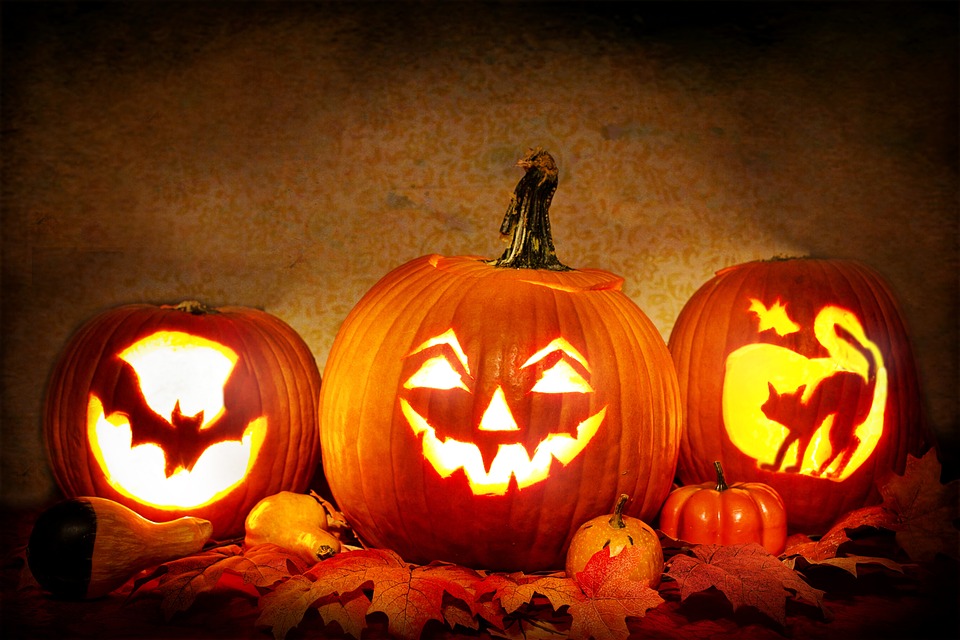What is the Origin of Halloween?
One minute read. Written by a grade 8 student.
Halloween is celebrated each year on October 31. The origin of this festival is a bit, well, it’s a bit dark.
Written by a grade 8 student
Halloween is celebrated each year on October 31. The origin of this festival is a bit, well, it’s a bit dark. Its roots are about 2,000 years old and go back to an ancient Celtic festival when people would light bonfires and wear costumes to ward off ghosts.
The ancient Celtic name for this was Samhain (Celtic for “End of Summer” – pronounced “sow-win”). Samhain was, in a way, the precursor to Halloween.
Wait, what’s Celtic?
The Celts were tribal people who originated in central Europe. The existence of the Celts was first documented in the seventh or eighth century B.C. – they shared a similar language, religious beliefs, traditions, and culture.
The Celts migrated throughout western Europe—including Britain, Ireland, France, and Spain. However, today traces of their language and culture are most prominent in Ireland and Great Britain.
Ok, but why the scary costumes?
Samhain (and then Halloween) marked the end of summer and the beginning of the New Year in November. It also welcomed the harvest. However, it was believed that during this time the souls of those who had died that year (and who had travelled to the otherworld) would return to visit their homes. At the time of Samhain, people would light bonfires and wear costumes to scare off these ghosts. It was one of the fire festivals of the Celts. During this time of year, fires burned in the fireplaces of people’s homes while the harvest was gathered.
So how did Samhain turn into Halloween?
So, this is the part where history blurs a little. But, what we know is this.
This Celtic festival (Samhain) was a harvest festival that began on October 31 and continued through the Celtic New Year on November 1. But, the Romans didn’t like the Celts and wanted to convert them to Christianity. In that process, they sort of mixed some of their Christian traditions with Celtic ones. There was this Christian festival called All Saints Day, which was a day to honour the dead (nothing to do with Samhain, but stay with me, it gets clearer).
All Saint’s Day was also known as All Hallows Day. And, in the 8th century, the Roman Catholic Church moved the date of All Saints’ Day to November 1, making the eve of this day the 31st – which became All Hallow’s Eve – thus Halloween. On this day, traditions from Samhain remained, like wearing disguises to hide from wandering souls, etc.
And why the pumpkin?

This is related to an old Irish story about a man called Stingy Jack. He supposedly tricked the Devil and got some money. The tale goes that when he died, God didn’t allow him into heaven, and the Devil didn’t let him into hell.
So, Jack’s soul was condemned to roam the earth forever. Scared of this soul, people in Ireland would carve the devil’s faces on turnips to frighten away Jack’s soul. When Irish immigrants moved to America, they began carving these on pumpkins, as these were native to the region.

Better Your Child’s G.K. In 3 Minutes – Get This Free Newsletter
Get fun facts, simple and easy news, quizzes, and lots of other interesting things to read in your mailbox – for free! It’s what we call GK-on-the-go!
I Kid You Not now has a large readership across India and also parts of the world. If you want to write for us, you can submit your story here. You can also apply to become a news anchor. Apply here





Comments